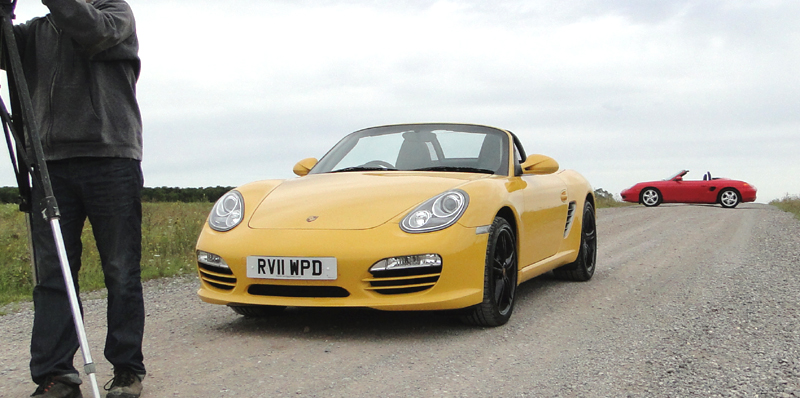The 2.5 used for the article was my '97 2.5 and I was at the wheel during the "unscientific" side by side rolling start acceleration comparison. The car had about 85k on it at the time.
To put it mildly, we (the author of the article who was helming the 2.9 press car at the time and I) were both very surprised. The drill was to roll at roughly 1.5k rpm in 2nd (obviously the two cars weren't rolling at exactly the same revs as have different gearing), drop the hammer up through 2nd and 3rd (can't remember if we went into 4th).
From 1.5k to 6k in 2nd, there was very little in it. By 6k, the two cars were still mostly side by side. The difference, of course, is that you then change up in the 2.5 (you could hold maybe another 500rpm) but the 2.9 has another 1 to 1.5k to give. IIRC, by the time we got to the top of third, the rear of the 2.9 was about half a car length ahead of the front of the 2.5 (might have been a full car length, I can't actually remember that clearly - but it definitely wasn't multiple car lengths). But overall, overriding memory was that it really not what either of us were expecting given the 2.5's reputation for being dog slow.
For the record, I bought the 2.5 in May last year. I've had a few niggles, but doing most of my own labour kept maintenance costs over that period to about £1,500, which includes wear items inc. disks and pads all round and tyres.
Actually, add another £200 to that - I had the rear screen replaced a few weeks ago!
Here's a couple of images I took on the day:


Of course, the other thing I learned on the day (but probably knew anyway) was that my 2.5 is pulling well. It's always felt healthy, which is one of the reasons why I bought. Subjectively, it felt as quick as the 2.7 I also looked at buying.